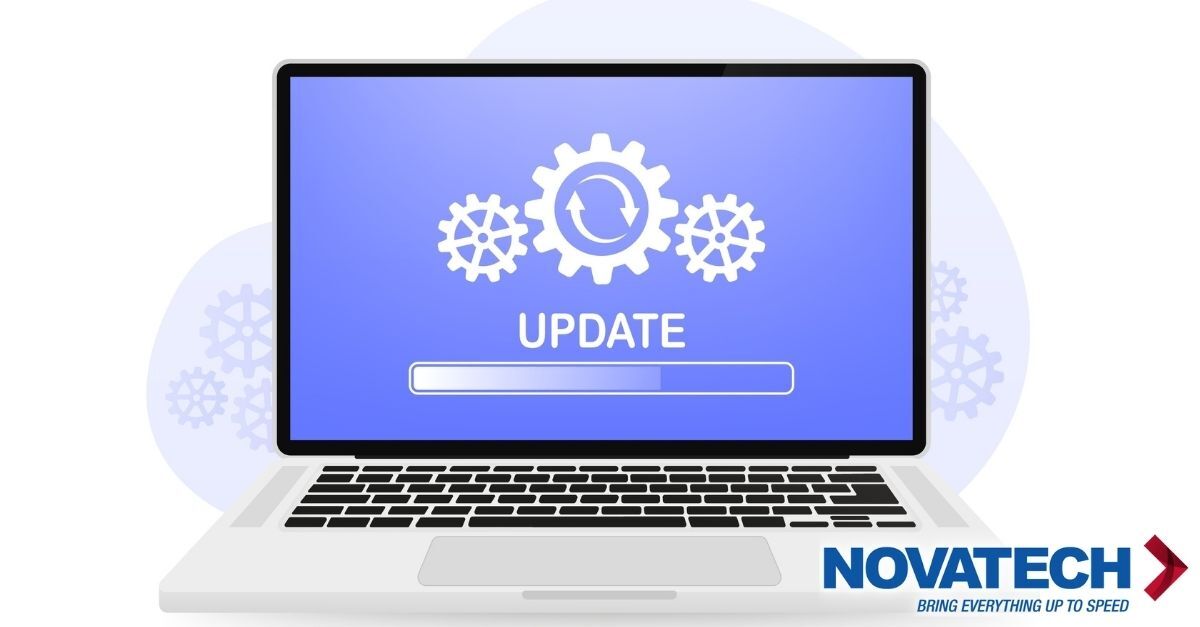Scan to Email Changes: Microsoft OAuth 2.0 Update
3 min read

Scan to Email Changes: Microsoft OAuth 2.0 Update
Many offices still scan to email using a saved username and password. That older method is being phased out as Microsoft moves customers to OAuth 2.0. If your copiers or MFPs rely on Basic Authentication, scanning to email could stop without warning. Here’s how to stay ahead of it.
What’s the issue
Basic Authentication sends a username and password with every message. Attackers target it because it’s easy to guess or steal. Providers like Microsoft and Google are moving customers to more secure methods. If you do nothing, your devices may stop sending scans.
Why this matters
-
Lost productivity when scans fail to send
-
Urgent help desk tickets and frustrated teams
-
Security exposure from legacy sign-in methods
-
Extra costs if you fix issues only after they break
A simple plan that works
-
Assess your environment. List each device and how it sends email today.
-
Choose the right path for your mail system. Pick one standard and use it everywhere.
-
Implement on a pilot device first. Test with real users during business hours.
-
Roll out to the rest. Update address books and shortcuts.
-
Document and train so your team knows what changed.
Novatech can handle each step or work alongside your IT team.
Your options by mail platform
Microsoft 365
-
Use an internal relay that accepts from your printer network and forwards to Microsoft.
-
Or enroll supported devices with OAuth 2.0 modern authentication.
-
Avoid Basic Authentication — it will not be supported long-term.
-
For Google Workspace, use an internal relay or modern authentication where supported.
-
For personal Gmail, App Passwords still exist, but long-term you should move to a more secure method.
Local or third-party mail servers
-
Use an internal relay that only accepts from trusted device IP ranges.
-
Require TLS for mail in transit to your server.
Why an internal relay is often the fastest fix
-
Devices do not store a username or password.
-
The relay only accepts mail from known subnets, limiting abuse.
-
You can standardize settings across brands and models.
-
Changes to your mail tenant happen in one place, not on every device.
-
Devices only need updates if settings change at the server level.
-
What success looks like
-
Users press Scan, pick a destination, and the email arrives in seconds.
-
Help desk tickets go down because devices use one stable method.
-
Security teams are happier because there are fewer stored passwords.
-
New devices follow the same template, so setup is quick.
Frequently asked questions
Who is affected?
Any company that scans to email with a stored username and password on the device. This change primarily impacts Microsoft customers using Basic Authentication.
Will users notice a change?
No. The updates happen behind the scenes. The same buttons, address books, and workflows remain.
Do all copiers support modern authentication like OAuth 2.0?
Support varies by brand and firmware. Many current models from Canon, Konica Minolta, Sharp, HP, and others have a path. Older models may work best with a relay.
How long does this take?
Most sites complete a pilot in one to three hours, then roll out in phases. Multi-site environments can use a standard template and schedule.
What does it cost?
Costs depend on the number of devices, locations, and mail tenant complexity. Many clients only need configuration and documentation. Larger clients add training and rollout planning.
Is a relay secure?
Yes, when configured correctly. Limit by IP range, require TLS, and log all traffic. This removes passwords from devices and reduces attack surface.
Implementation checklist
-
Inventory devices and current SMTP settings
-
Pick one approved method per tenant
-
Update DNS, firewall rules, and TLS as needed
-
Configure and test a pilot device
-
Roll out to remaining devices on a schedule
Who benefits
-
IT and operations leaders who need reliable scan workflows
-
Security teams reducing legacy sign-in risks
-
Office managers who can’t afford scanning delays
How Novatech helps
-
Audit your fleet to find devices still using Basic Authentication
-
Recommend the best path for your tenant and device models
-
Train your team on relay or OAuth 2.0 configuration
-
Update firmware if needed and test with real users
Ready to stop scan failures before they start?
Talk with Novatech to build a simple, secure scan-to-email plan for your environment.


